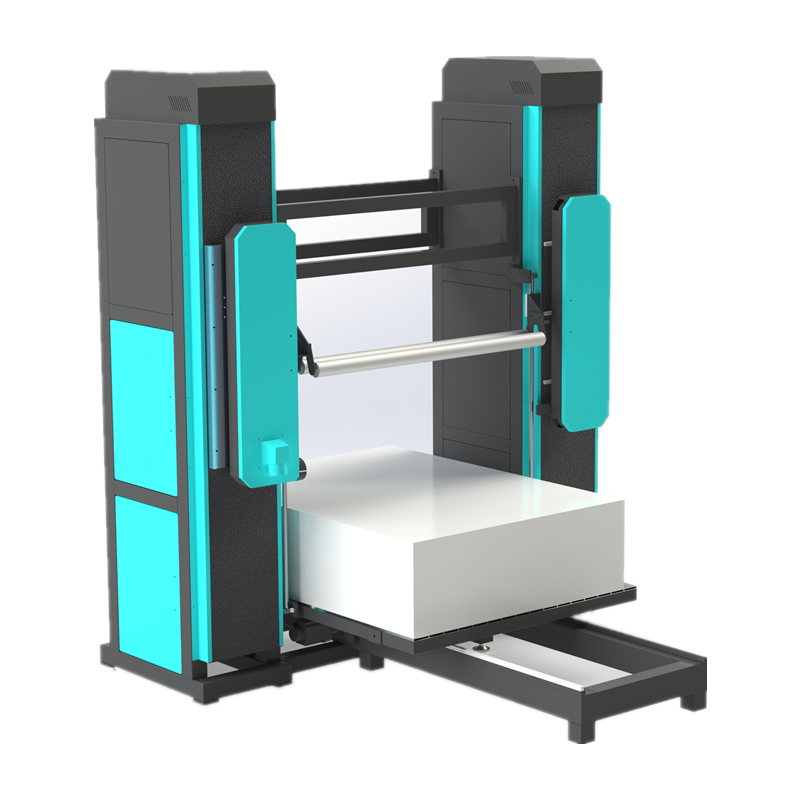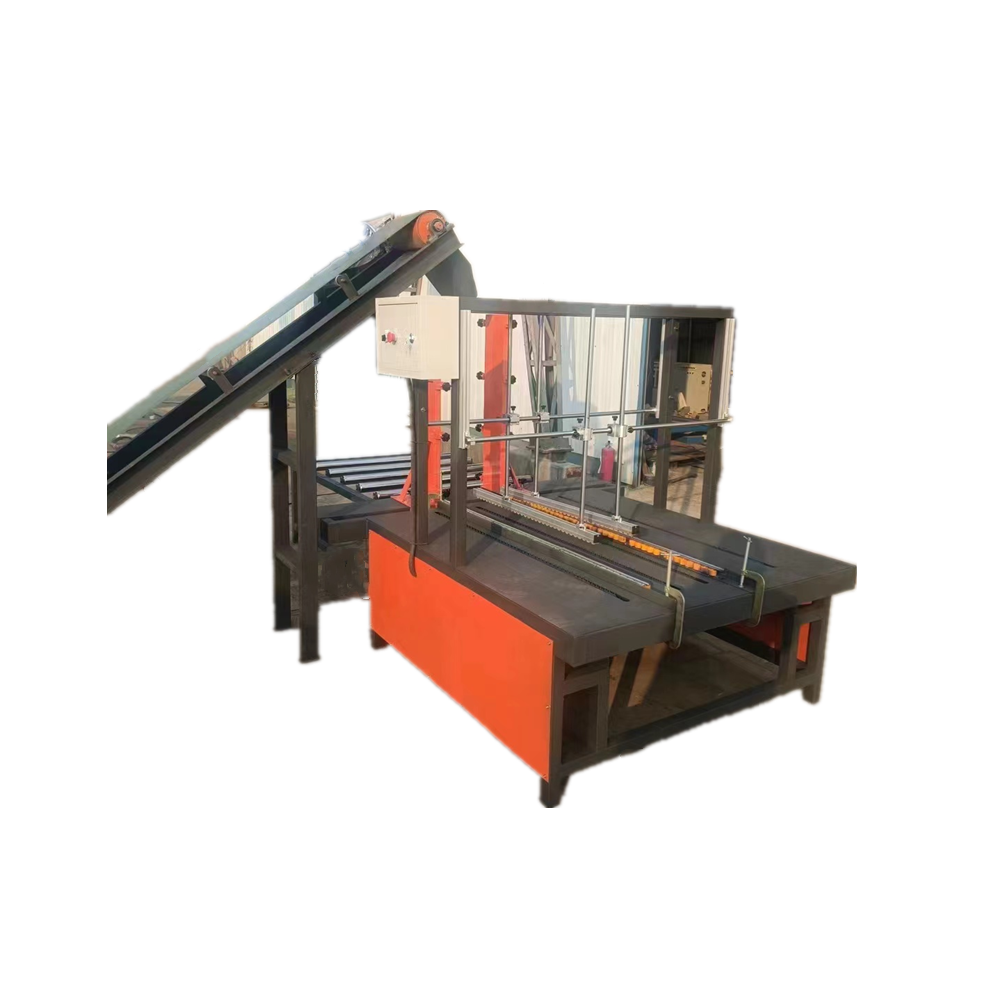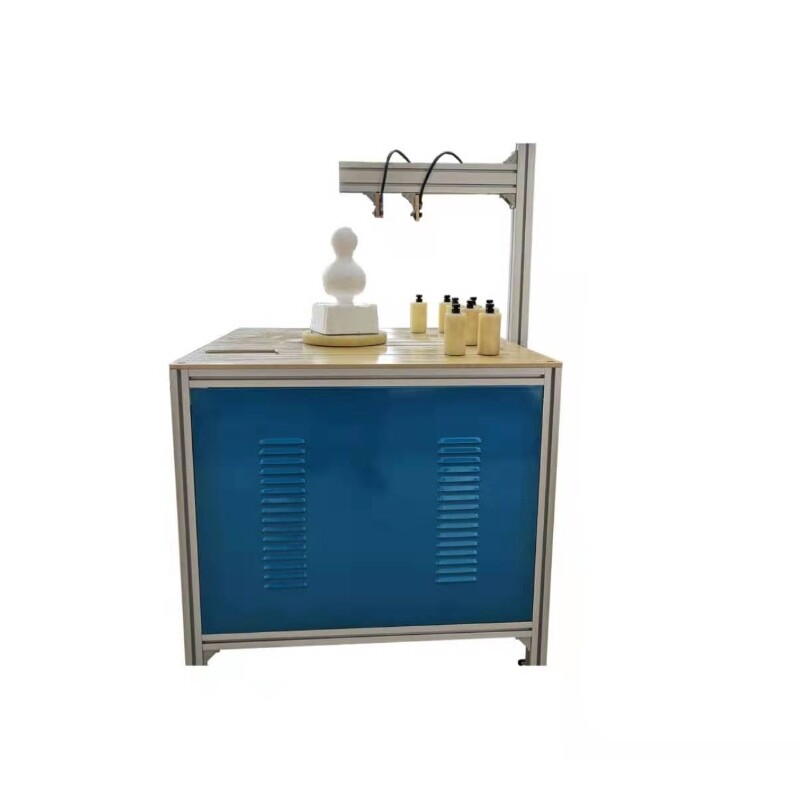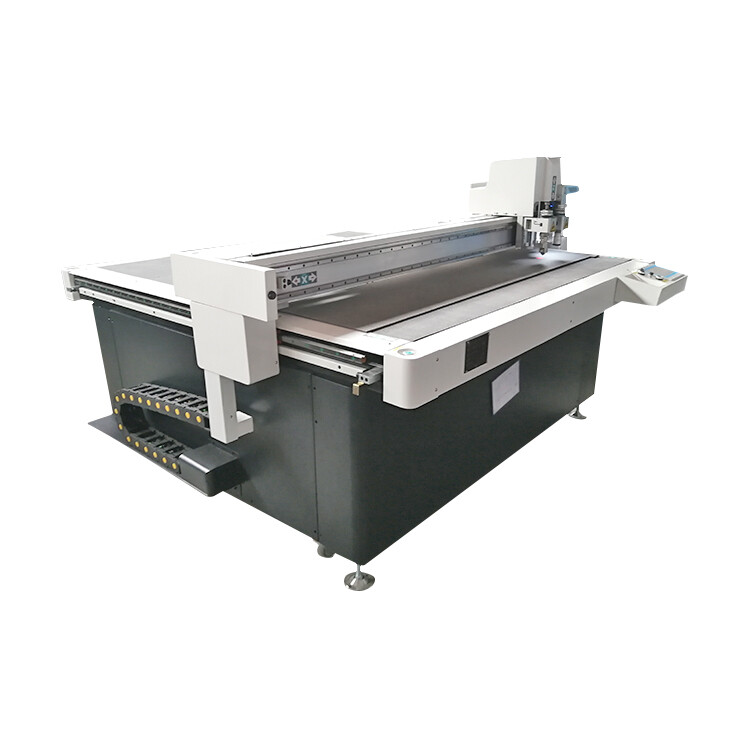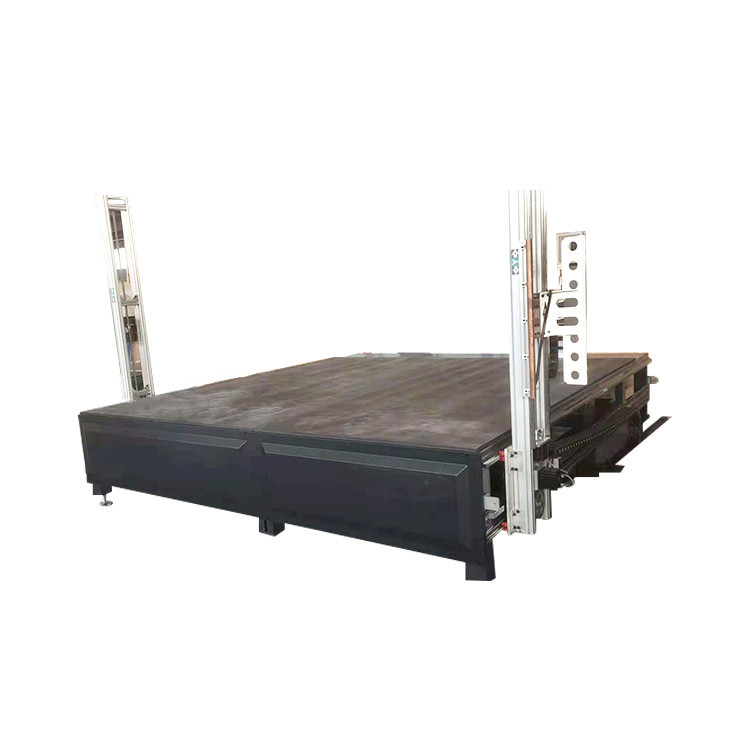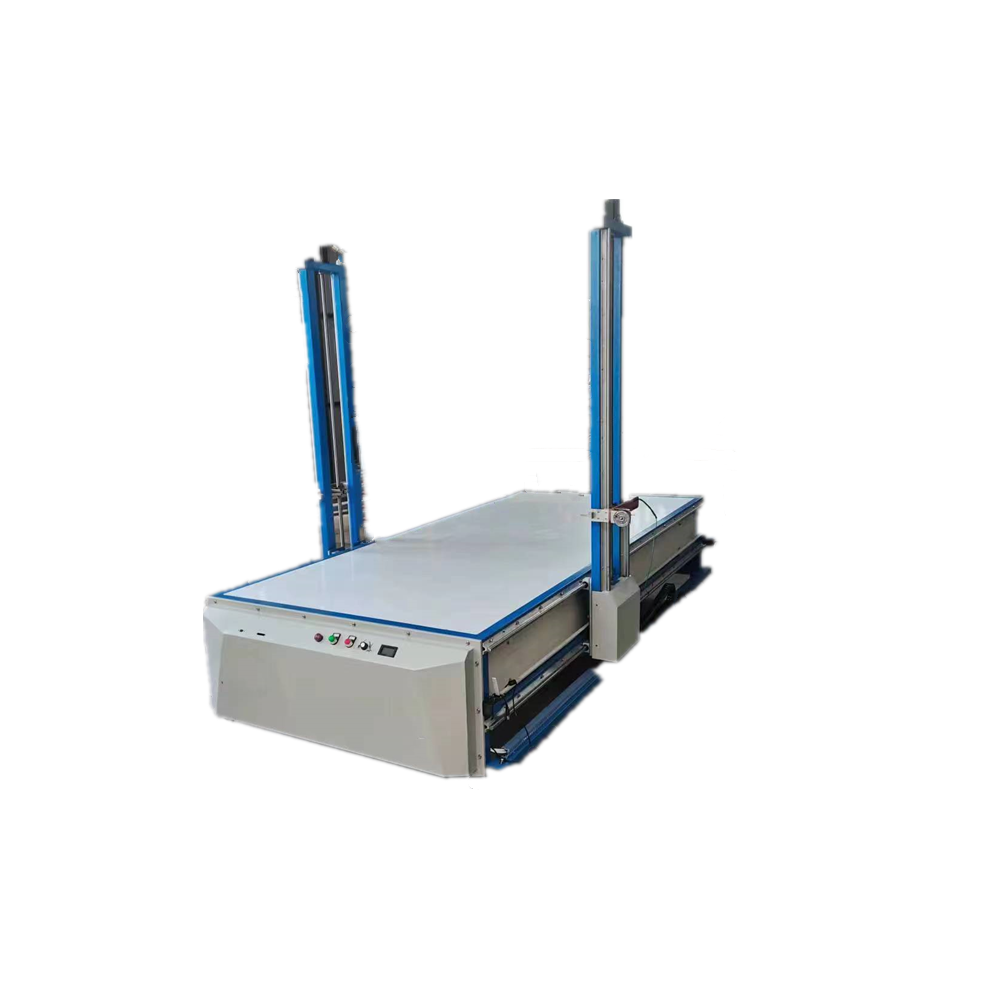How to Prevent Foam Melting Unevenly
Working with foam – whether crafting intricate cosplay armor, building architectural models, or creating custom packaging – often involves shaping it using heat. A common and frustrating problem during this process is uneven melting. This can manifest as warping, bubbling, scorching in some areas while others remain rigid, or an inconsistent, lumpy texture. Fortunately, preventing this issue is largely about understanding the causes and implementing careful control. Here's how to achieve smooth, even results:
1. Master Temperature Control (The Golden Rule):
Too Hot is the Enemy: Excessive heat is the primary culprit behind uneven melting and scorching. Foam types (EVA, Polyurethane, Polystyrene) have specific optimal temperature ranges for forming. Always start at the manufacturer's recommended low end.
Use the Right Tools: A variable temperature heat gun or a temperature-controlled craft iron is essential. Avoid standard clothes irons or high-powered heat guns without adjustable settings.
Test, Test, Test! Before applying heat to your main piece, always test your technique and temperature on a scrap piece of the exact same foam. Observe how quickly it softens and watch for signs of bubbling or scorching. Adjust your temperature accordingly.
2. Maintain Consistent Distance and Motion:
Never Hold Heat Stationary:Keeping the heat source fixed in one spot creates a concentrated hot zone that melts excessively while surrounding areas remain cool. This causes warping and weak spots.
Constant Motion is Key: Use smooth, sweeping motions, constantly moving the heat gun or iron over the surface. Keep the distance consistent (usually 2-6 inches for a heat gun, depending on heat and foam thickness).
Overlap Passes: Ensure each pass slightly overlaps the previous one to distribute heat evenly across the entire target area.
3. Pre-Treat Your Foam (Crucial for Porous Foams like EVA):
Seal the Surface:Open-cell foams like EVA absorb heat unevenly. Sealing the surface with a heat-resistant primer (like Plasti Dip, Mod Podge, or specialized foam primers) creates a barrier. This promotes even heat distribution across the surface rather than it sinking inwards randomly.
Apply Thin, Even Coats: Ensure the sealant is applied smoothly and allowed to dry completely before heating. Thick or uneven sealant can itself cause heat issues.
4. Ensure Even Heat Distribution Across the Entire Piece:
Warm the Whole Area: Don't focus solely on the spot you want to bend. Gently pre-warm the entire section you plan to work on. This reduces thermal shock and minimizes the temperature difference between areas.
Rotate the Piece:If possible, rotate your foam project as you heat it, ensuring all sides receive similar exposure, especially when working on complex 3D shapes.
Consider Heat Soaking: For thicker foam pieces, applying gentle, wide heat for a longer period allows the heat to penetrate more evenly towards the core before intense forming begins.
5. Work in a Controlled Environment:
Avoid Drafts:Wind or air conditioning vents can cause rapid, uneven cooling of the heated surface, leading to warping. Work in a still environment.
Room Temperature Matters: Extremely cold rooms can cause the foam to cool too quickly once the heat source is removed, potentially setting unevenly. A moderate room temperature is ideal.
6. Use Formers or Molds:
Guide the Shape: When shaping foam into curves or specific forms, use molds, formers, or templates while heating or immediately after. This physically guides the foam into the desired shape as it softens, preventing it from warping unpredictably due to uneven cooling or residual stresses. Secure it gently until cooled.
7. Allow for Gradual, Even Cooling:
Patience Pays Off: Once shaped, let the foam cool naturally at room temperature. Avoid forcing rapid cooling with water or fans, as this can cause uneven contraction and warping. Keep it secured in its shaped position until completely cool.
Related Products

